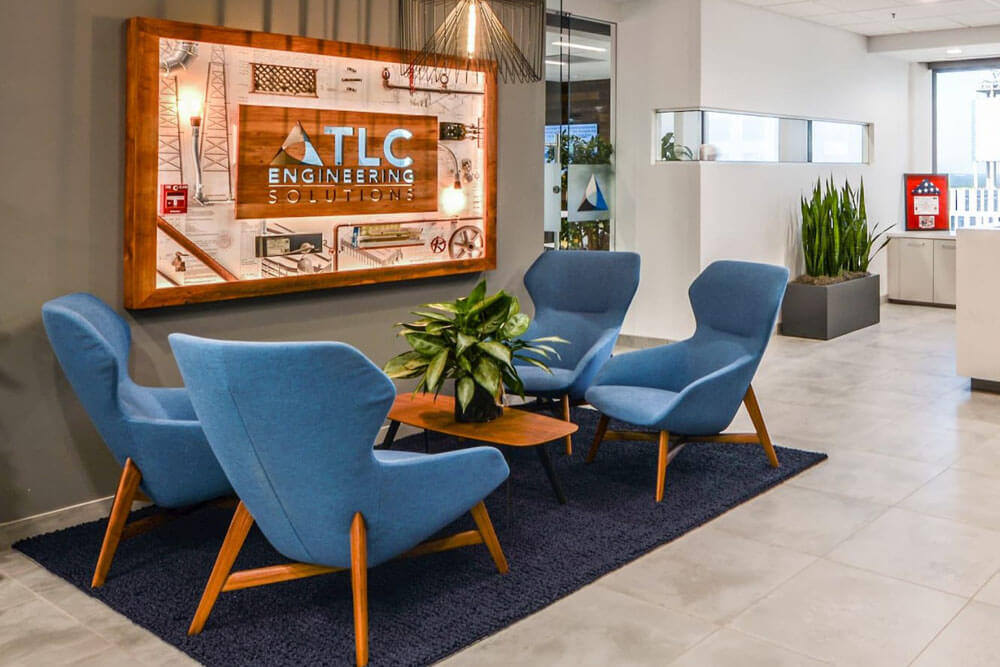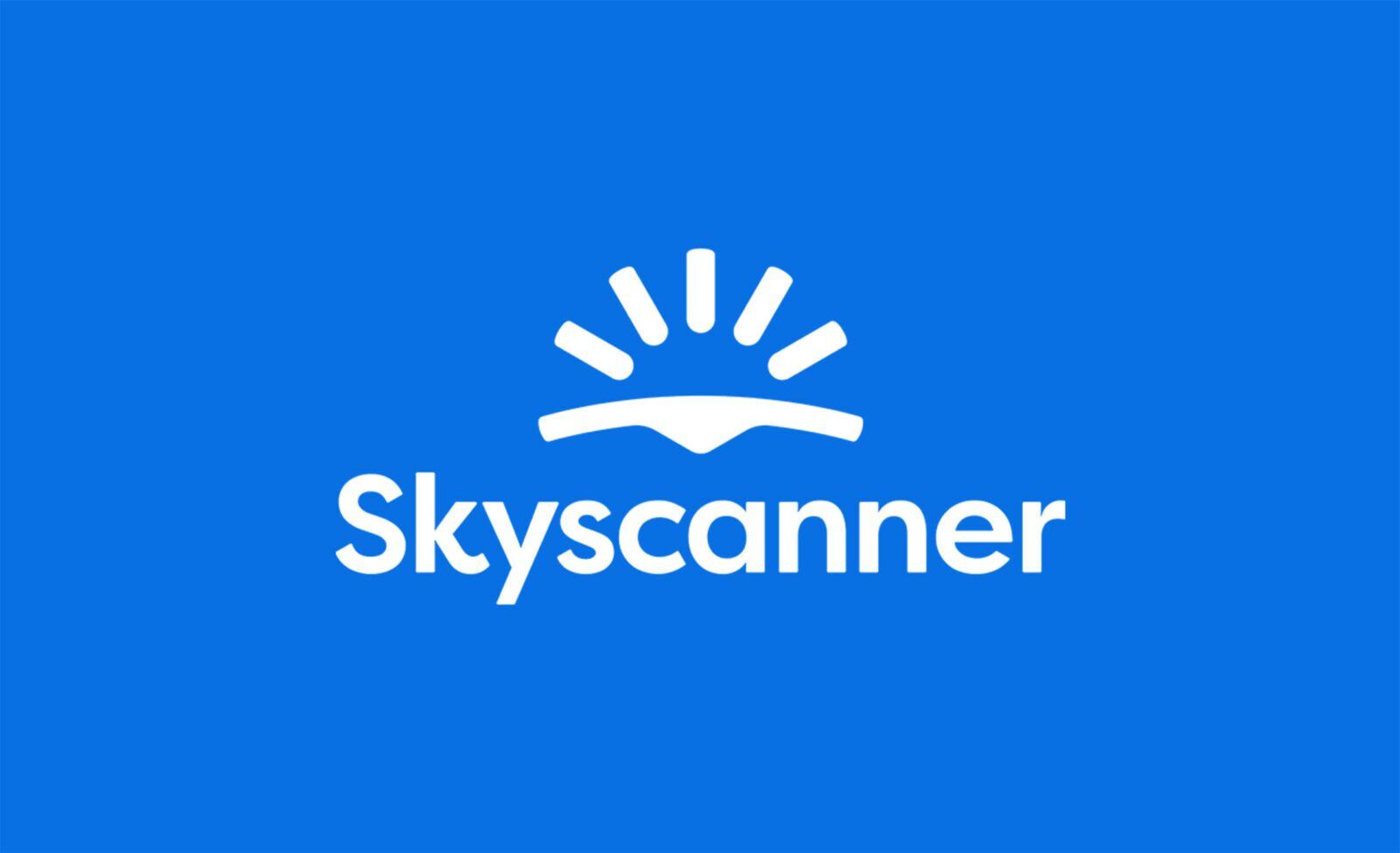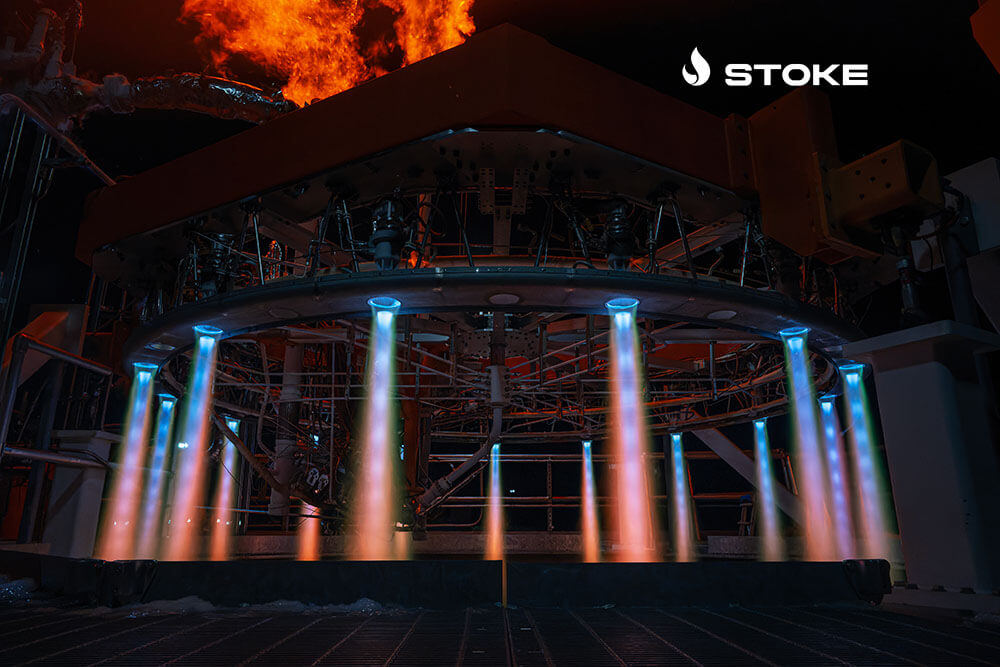Skyscanner Books Panzura for Its Journey to Secure & Reliable Unstructured Data Management
A trailblazer in the travel industry, Skyscanner has been at the fore in applying technology for seamless search and booking experiences....
Panzura
Our enterprise data success framework allows enterprises to build extraordinary hybrid cloud file and data systems.
![]()
Platforms
Complementary file and data platforms that deliver complete visibility, control, resilience, and immediacy to organizations worldwide.
Solutions
From data resilience to global file delivery, we solve the toughest and most important data problems facing organizations globally.
Resources
Find insights, news, whitepapers, webinars, and solutions in our resource center.
Company
We bring command and control, resiliency, and immediacy to the world’s unstructured data. We make it visible, safeguard it against damage, and deliver it instantly to people, workloads, and processes, no matter where they are.
3 min read
 Panzura
:
Jan 22, 2018 6:30:00 PM
Panzura
:
Jan 22, 2018 6:30:00 PM

To meet delivery schedules for complex projects, TLC Engineering Solutions needed to be able to draw on expertise from 16 different locations, from Wisconsin to Florida. They're heavy users of Autodesk Revit and cross-site collaboration was proving just about impossible due to the painful amount of time Revit models were taking to open and sync.
Implementing CloudFS empowered truly productive, real time collaboration between offices, saving a phenomenal 4-5 hours of "dead" time per designer, every single week, and massively accelerating project delivery.
Orlando's TLC Engineering Solutions is one of Central Florida's largest, privately held companies. The firm was founded in 1955 and consistently ranked among the largest MEP and structural engineering firms in the USA.
A high performance firm, TLC embraced aggressive delivery schedules, and increasingly larger and more complex projects.
They had top design talent on staff, and as an organization, had all the resources they needed to tackle the most ambitious of projects. To achieve their goals, they planned to virtually share people and resources spread across their offices, pulling in the right skill set, for the right project, at the right time.
There were just two problems.
1 – One of their key design applications – Autodesk Revit – is well known for being painfully slow between sites.
2 – No matter what accelerators they deployed in their corporate WAN, it couldn't overcome latency to let Revit operate any faster.
For TLC's designers, simply opening any Revit model took minutes. Saving files took even longer. The results were so slow that the team simply couldn't work together on files across sites.
Production was being hampered to an unworkable extent, and extra pressure was coming onto the IT team to help with merging file versions that designers resorted to, just to be able to keep working.
TLC realized that their problems with Revit weren't caused to network speed, and couldn't be overcome by WAN accelerators. Instead, they needed a way to achieve a local-feeling performance, while working across distances of well over 1,000 miles.
Revit models contain multiple dependencies, and can take up to 15,000 individual file operations to open. Every single one of those operations is a there-and-back communication. Checking, confirming, opening a dependency. These operations happen in near real time when working with files stored in a nearby data center, but when they have to cross greater distance, latency slows every. single. one. down.
As a result, Revit models that should take around 8 seconds to open, can take 25 minutes or more.
This, and a need to bolster backups and disaster recovery processes for greater data protection and availability, saw TLC looking to the cloud and the right global file system.
After evaluating Panzura and Nasuni, TLC realized only Panzura could truly allow remote team members to work with Revit models as quickly and seamlessly as if they were sitting right next to each other.
CloudFS delivered the speed, as well as productivity enhancements like automatic immediate file locking and byte-range locking that would let multiple team members work within the same model without accidentally overwriting each other.
Additionally, the ransomware-proof solution could replace current backup and disaster recovery processes with the ability to restore files to a point in time, without losing any data.
With Panzura as part of their IT stack, TLC calculated designers regained an average of four to five hours of productive time, every week.
That's an additional 200 - 250 billable hours per year, for each designer.
What it means is projects get delivered much, much faster.
TLC can take on more projects. Larger projects. Meet ever more ambitious deadlines.
Even more importantly though, it means they can provide a more rewarding environment for their people. Frustrations at waiting on files disappear. People perform better, and feel happier. Stress about approaching deadlines reduces
CloudFS enabled and supported other IT initiatives at the same time. All projects were moved to a common drive. This eliminated the need for remapping data when switching between projects, connecting one office to another, and further improved productivity by reducing "dead" time.
The IT team managed to eliminate the user of Riverbed WAN accelerators, for a significant annual savings.
When staff members are traveling, they can readily work from any TLC location without changing any settings. They simply log in, and their work is waiting for them.
Protecting valuable customer and design data is critical to TLC, so the high level of encryption CloudFS offers, without requiring an additional solution, was seen as an impressive benefit.
DR requirements are now met through snapshots, allowing users to roll back any file to a known good point in time, quickly, easily and without IT intervention.
This alone has freed up a significant amount of IT time, which can then be devoted to efforts that move the business forward.
The last word belongs to a senior designer and Revit certified professional on the day following the Panzura migration: “I have noticed the speed has increased tremendously!!! Even faster than our old L: drive!”

A trailblazer in the travel industry, Skyscanner has been at the fore in applying technology for seamless search and booking experiences....

The race into space is won and lost in the detail The force that propels a rocket into space stresses every single component, every fitting, every...

Challenge M&S Engineering uses an industry-specific software tool – Power Line Systems – to model complex electrical transmission systems. That...